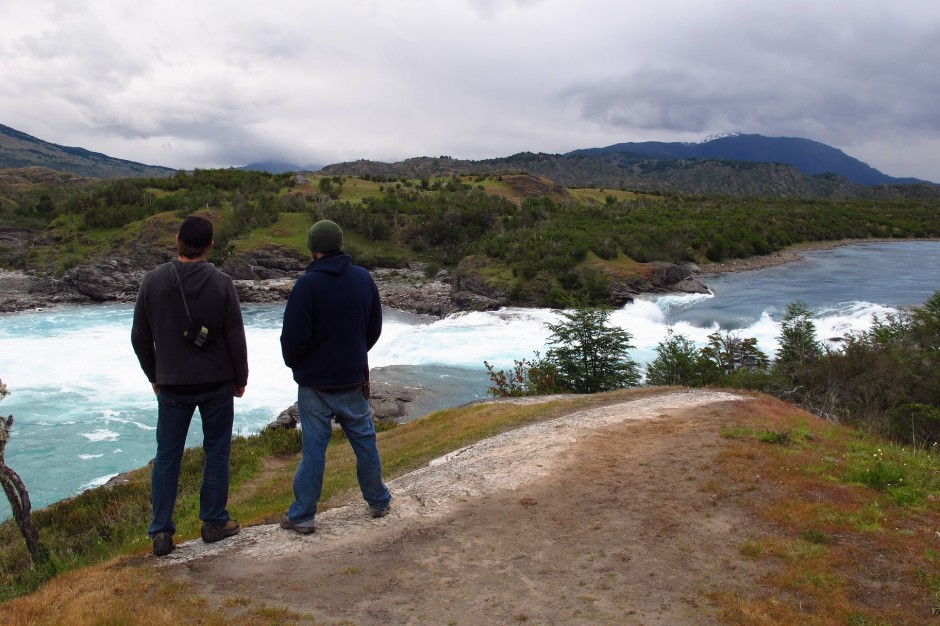EARLIER THIS MONTH, Chile’s supreme court rejected the appeals of opponents to HidroAysén. The court’s decision provided explicit approval for this contentious megaproject, which would build five dams on the Baker and Pascua rivers of Chilean Patagonia.

Chile’s Supreme Court Approves Massive Dam Project in Patagonia
The 3-2 split ruling, however, highlighted the deep social division over this project, which nearly three quarters of Chile’s citizens oppose according to opinion polls.1
Ethical concerns also tarnished the court’s decision, as conflicts of interest between judges involved in the ruling and the corporations behind the project came to light.
Proponents of the HidroAysén project claim it is vital to meeting Chile’s growing energy demands, especially those of the booming mining sector. Opponents argue that the project’s environmental impacts are disastrous and that the nation’s energy needs can be met through greater efficiency and the development of alternative energy sources such as solar, wind, and tidal power.2
Amidst this controversy, the project’s environmental impact review was approved in May 2011, despite severe criticism, and a regional appeals court upheld the approval in a split decision that sent the case before the Supreme Court for its recent approval.
The ruling of the nation’s high court is being condemned by some over two of the judges’ conflicts of interests in the case. Judge Pedro Pierry holds more than 100,000 shares of stock in Endesa3, the corporation with the greatest stake in developing the project.
Meanwhile, Judge Maria Eugenia Sandoval’s brother worked in the project’s corporate network. Perhaps most alarming is that both of these justices (and several of their colleagues) have entered the highest ranks of the Chilean judiciary from the private sector in recent years rather than being career public servants in the judicial system.4
Despite the court’s conflicted ruling, the battle over HidroAysén is far from over. Due to a procedural tactic, the environmental review of the dams has been separated from the environmental review of the nearly 2,000 km-long transmission lines necessary to bring the dams’ energy to its consumers.5
The environmental review of the transmission lines — which would pass through some of Chilean Patagonia’s most pristine landscapes — has been delayed several times and will face extreme scrutiny.
Opponents of the HidroAysén project remain optimistic that in the end Patagonia’s grandeur and the development of more sustainable energy alternatives will overcome the shortsighted and corrupt political processes pushing the project forward.
__________
Notes:
1 Overwhelming majority of Chileans reject hydroelectric project in Patagonia
2 An Analysis of Chile’s New National Energy Strategy (2012-2030) – Part 1
3 Juez que rechazó recursos de protección contra HidroAysén posee más de cien mil acciones en Endesa
4 La dura crítica interna de los jueces de carrera de la Suprema a los abogados externos
5 HidroAysén’s Transmission Line, Finally Made Public, Reveals and Raises Challenges